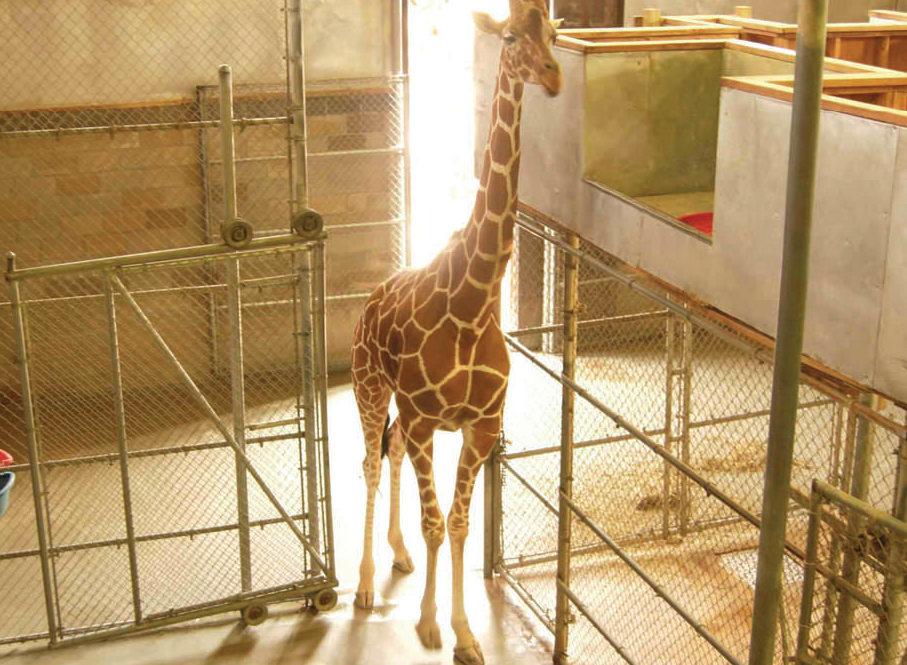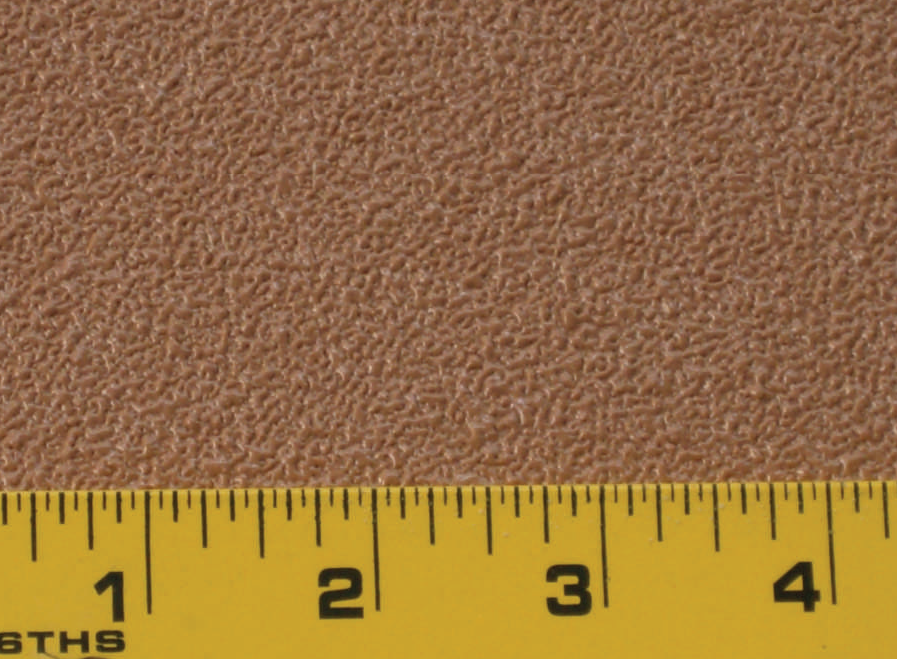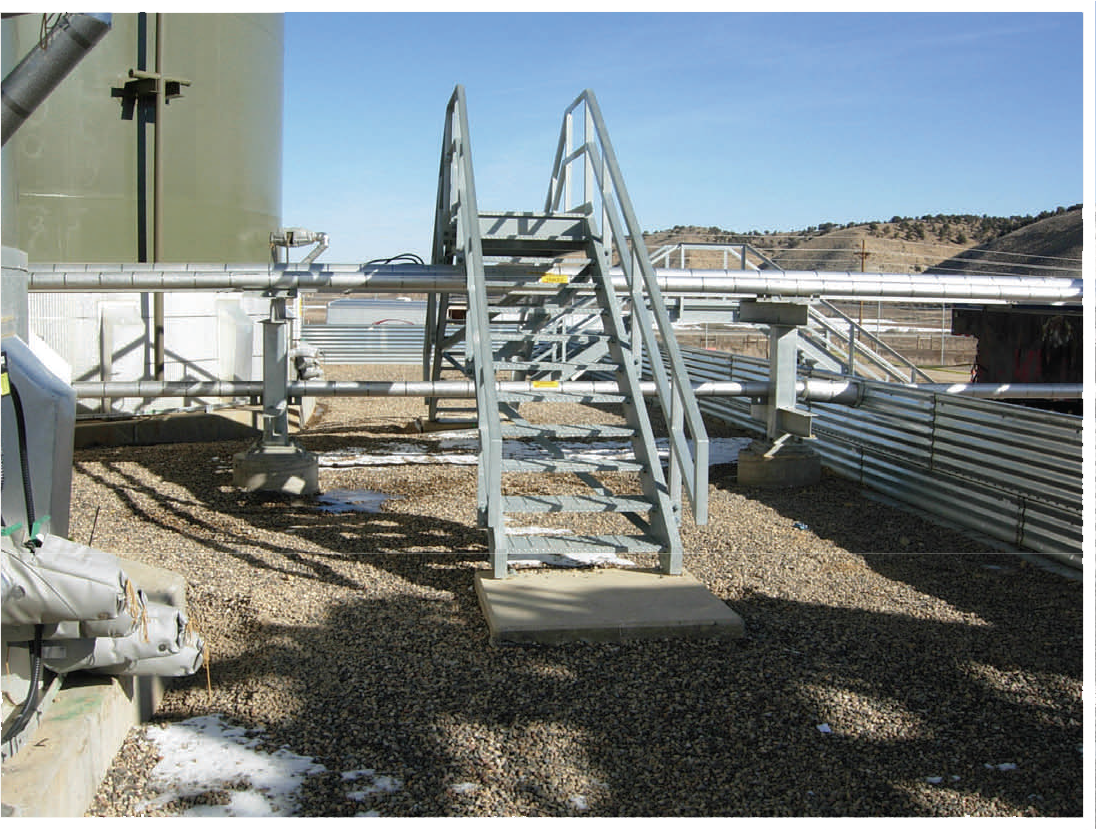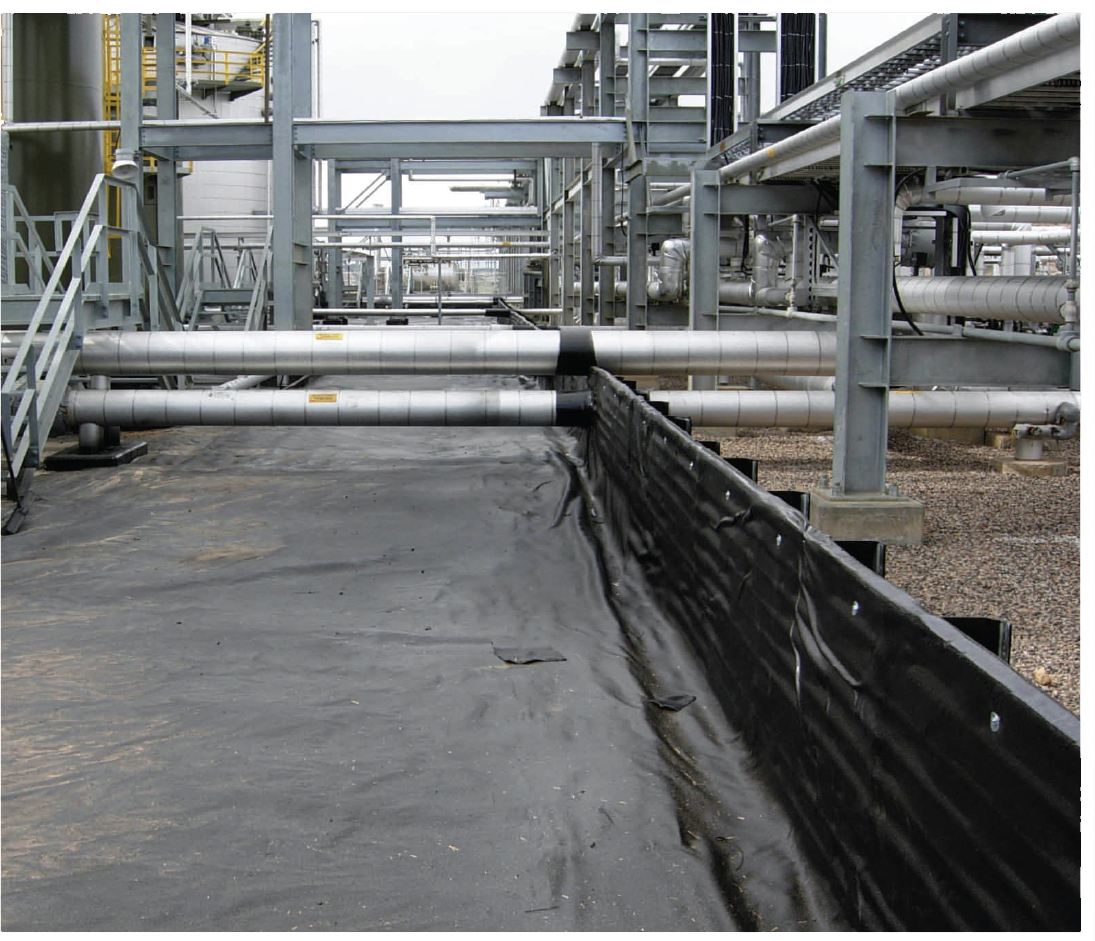AQUARIUM
SCS was contacted to make an assessment of a dolphin and whale pool at a marine research facility that was losing water.
The pool had developed serious cracks in the marcite pool surface layer during the construction phase of a neighboring sea turtle building. It was determined that the concrete substrate in and around the pool required extensive repairs and a coating that would prevent the loss of water, retain color stability and perform long term for the life cycle of the pool. SCS performed the work over the course of several weeks. Surface preparation was performed with wet abrasive blasting of all pool surfaces and removing the remaining contaminants and residual materials. All surfaces where dechlorinated for the removal of soluble salts. All visual crack repairs to the pool surfaces were performed. Areas where the concrete had spalled were replaced and contoured with polymer concrete. Once all the pool surfaces were repaired, a prime coating was applied to seal all the surfaces. A 100% solids, VOC = O coating was applied to all the internal pool surfaces.
Soft Floors
Since 2005, SCS has over 150 AZA facility soft floors installations for flamingos, water fowl, rhino, zebra, giraffe, elephant, penguin, hospital recov- ery, pedestrian areas and pools.
The SCS Soft Floors concept was developed to provide a balance between the animals’ natural environments when inside a holding area and the requirements of the caretakers. The floors have two components; a thick, soft base layer covered by a durable, yet elastic upper layer. Each layer can be modified and is available in a variety of textures and thicknesses based on the animal species weight and foot pattern.
No exposed edges. No trip hazards
Slip-resistant.
Seamless and Durable.
Installed sloped– to– drain. No standing water.
pH resistant to animal fecal matter and urine.
Completely functional in a wet environment.
Can be power washed with simple green, bleach or commercial cleaners.
Soft and Safe
Chemical and food processing
SCS worked with a major international chemical processing company to help specify the coating materials for a chemically aggressive environment, supply the manpower, project equipment requirements and schedule to complete the coating of an elevated storage tank. This project was successfully completed safely, on time and within budget . Some of the project parameters included:
Ultrasonic Testing (UT) was performed to determine tank shell thickness and corrosion issues.
A crane with man‐lift to perform the project functions on the open ‐top tank.
High‐Pressure (+35K PSI) Water Jet equipment was used for the removal of rust scale and thick film coatings.
All tank weld seams were inspected with welding repairs performed.
A 2‐pass chemical resistant coating system was applied for the primary containment of pH 1 ‐ 14, 170F materials.
High Voltage Holiday Detection to correct deficiencies in the coating porosity.
Hatchery
SCS, in conjunction with HDR, has worked on new or existing hatchery projects in North America. Our involvement is the protection of new concrete, or the rehabilitation and coating of existing concrete utilized in raceways, ponds, tanks, effluent basins, water treatment tanks, hatchery building, etc. Due to the nature of generally high wa‐ ter flow rates in some of the hatchery proc‐ esses, concrete quickly erodes and reduces the life cycle of that tank or process. Addi‐ tionally, the exposed concrete aggregate has a rough surface, which will impose a re‐ duction in fish production. SCS has worked with numerous coatings manufacturers and can provide several solutions. The coating here was a resin applied in several application layers. This particular resin has:
5X the strength of typical Portland concrete for abrasion resistance.
Virtually the same coefficient of expansion as concrete and will not crack.
Can be applied at temperatures less than zero (0) degrees F.
Will be useable 2 hours after the application.
GEOMEMBRANE LINING SECONDARY CONTAINMENT
SCS was retained for the application of a Geomembrane for secondary containment
encompassing an area of 83,000 Ft2. Corrugated galvanized aluminum 3’ high was placed around the containment areas. The gravel on the inside 3’ high wall was smoothed and leveled. A woven polypropylene geotextile was rolled out in coordinating patterns and placed throughout the containment areas. The geo‐ textile was overlapped and cut to contour the concrete tank pads and various pipe and equipment pads. All of the areas were sprayed with an elastomeric polymer to form the Geomembrane. The surrounding 3’ high wall was encapsulated to secure the secondary containment area.
Meets EPA regulations for secondary containment of stored hydrocarbons.
Seamless and conforms to metal pipe penetrations and contours concrete tank and equipment pads.
Can be used for primary containment of hydraulic fracturing pit water, frac water treatment, ponds, lagoons, sludge, etc.
Exceeds the specifications of typical poly‐ propylene, HDPE, MDPE and PVC welded sheet lining systems.
Waste Water Retreatment
SCS is a full‐service industrial coatings and linings provider offering a complete compliment of fast set spray applied elastomers, highly chemical and abrasion resistant resins and traditional two‐part coatings. SCS has a great team of trained and certified applicators who work hand‐in‐hand with our clients to provide service, quality and safety—second to no one in the industry.
Our project work has included:
clarifier and launder ring rehabilitation and coating.
concrete coating of headworks, channel/grit tank walls, influent and effluent rise wells, drop boxes, wet wells, vertical/horizontal slabs and beams.
conventional carbon steel clarifiers, welding repairs and coating.
pump station concrete trough rehabilitation and coating, including the carbon steel screw pump and shafts .
Pulp and Paper
SCS was given the contract to work on a new aboveground recycled paper stock storage tank. This is a new concrete chest; and it has the dimensions of 30’D x 45’H. The inside of the chest has a 5’ high fillet go‐ ing 180 degrees around the inside wall to the center of the chest. The total surface area for the chest floor (w/ fillet), walls and ceiling is approximately 5750 Ft2 including the internal ceiling. The tank was built cylin‐ drically in (3) 15’ sections. The ceiling was placed on the structure as a ‘disk’ in one piece. The internal stock temperatures were not to exceed 130 F with a moderate pH 5 ‐ 8. All internal surfaces were abrasive‐ blasted. All surfaces were skim ‐ coated with a low temperature high solids, 2‐component epoxy resin to fill the exposed cracks and voids exposed during the abrasive‐ blasting. A moisture and high abrasion resistant resin was specified and applied in multiple steps to protect the concrete (and metal compo‐ nents) and provide a 100– percent complete moisture barrier.





























